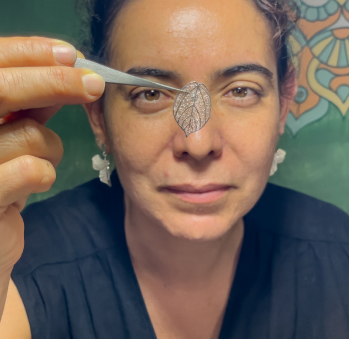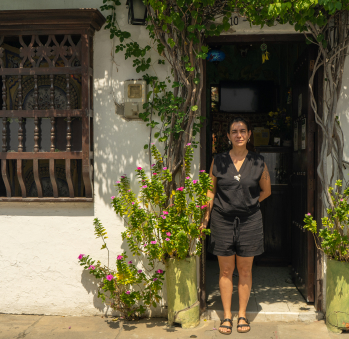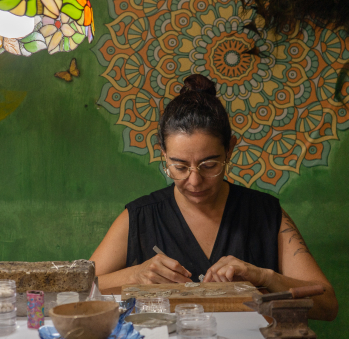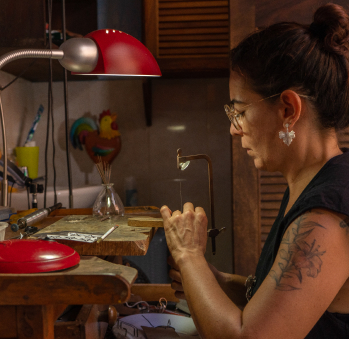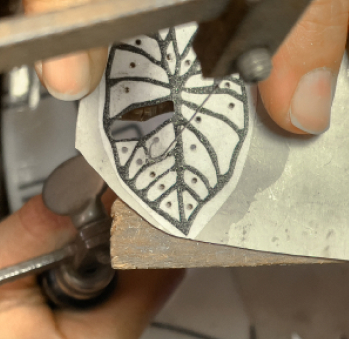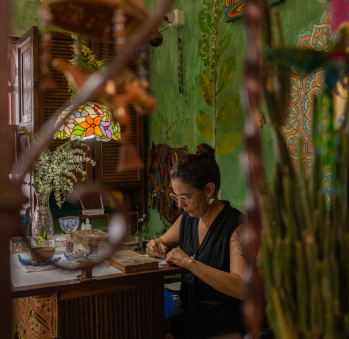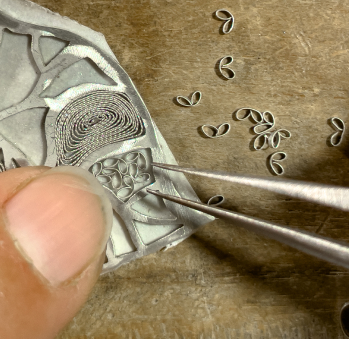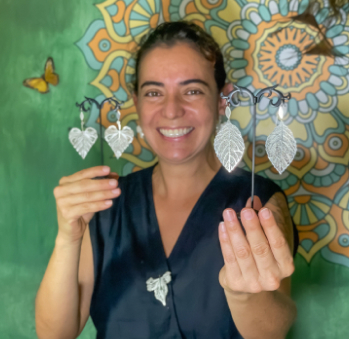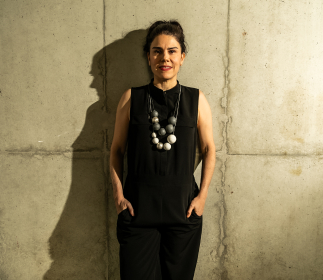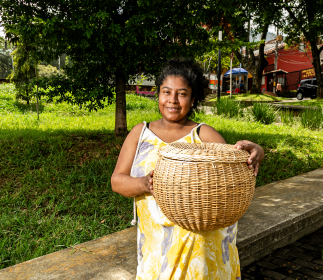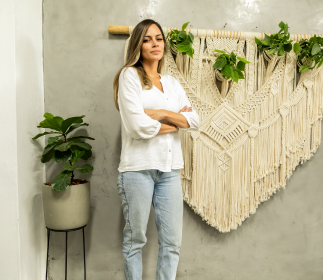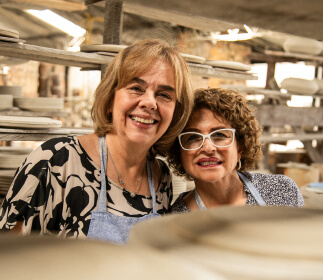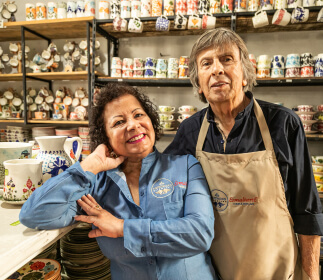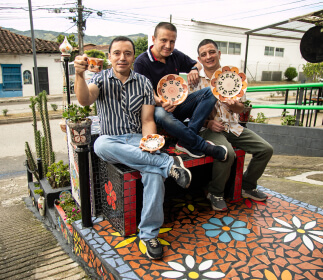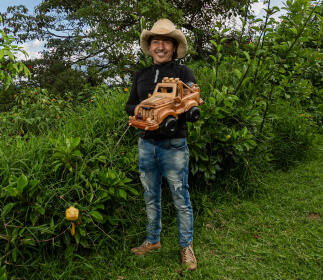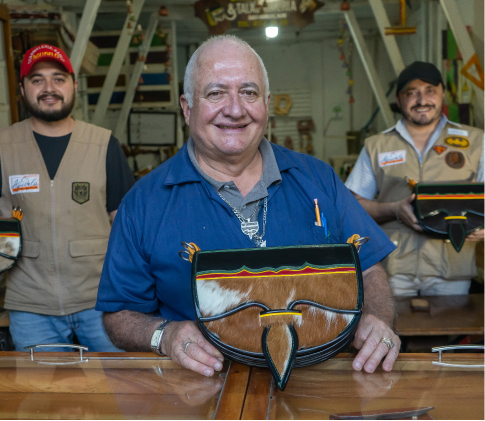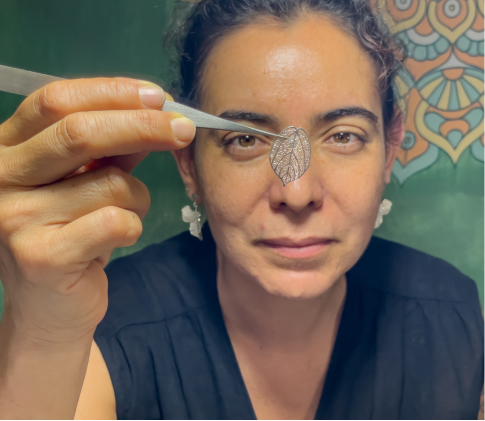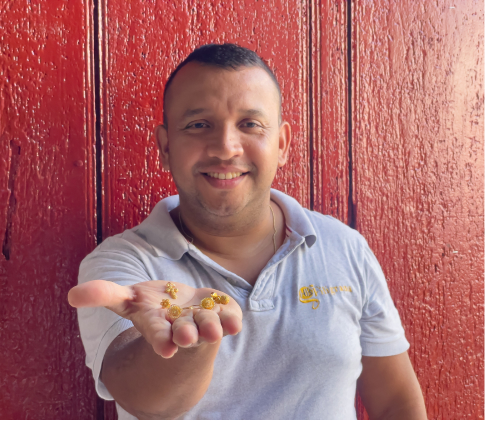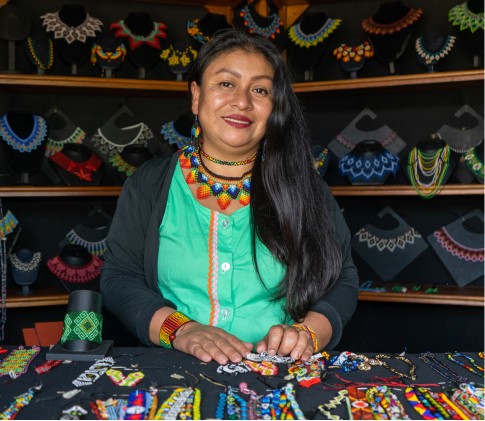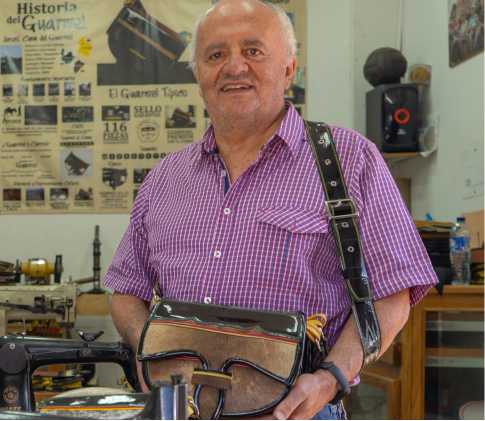Carolina Vélez
Workshop: Carolina Vélez filigrana
Craft: Jewelry/Fashion Jewelry
Trail: Antioquia Route
Location: Santa Fe, Antioquia
SCHEDULE YOUR VISIT
Carrera 12 #10-65
300 6956169
cvsuramerica@yahoo.es
@cvsuramerica
@Carolina-velez-filigrana
Although she is not from Santa Fe de Antioquia originally, she regards herself as being more of a local than any other person, even than those who were born in town. Curiously enough, however, her relationship with this idyllic corner of the world did not originate with filigree. Rather, it did so with history, which is what she studied at the Universidad Nacional de Colombia. She came to town to research the archives of the Ferrocarril de Antioquia (Antioquia Railroad Company). During her six-month stay, she could not take her eyes off the delicate work of the master jewelers who worked there. They made her fall in love with the craft, to which she has devoted the last ten years of her life.
Seeing such beautiful wares woke up her dormant affection and innate skill for crafts, painting, and art in general. She realized with more intensity than ever the passion she always had within her, the passion that she would now combine with her love of books. There is nothing she enjoys more than being able to bring these two worlds together. She knows that she can be pretty inquisitive —or patient, depending on who says it. Because of that, she asked questions over and over to the town’s jewelers. Her insistence made it so the latter ended up letting her into their workshops and allowing her to learn a trade, which had been a masculine endeavor for centuries.
While she practiced and gradually started to grasp the trade’s techniques, she traced the history of the craft. She recounts how the origins of these jewelry traditions date back to the nineteenth century when a wealthy muleteer commissioned a jeweler to make a unique item for his wife. He wanted a piece that would reflect the love and tradition he felt for his trade. And so, the santafereño knot was born: a metallic depiction of the knots found in leather horse halters. The latter is a trade secret that has been handed over from generation to generation: it is what distinguishes this filigree jewelry from the one made in Mompox.
Carolina has also been fascinated by the historical connection between these two places, both of which have protected the practices that surround filigree. They were manor settlements that consolidated a colonial style of architecture that is still preserved to this day. Moreover, since everything that was destined for Spain had to pass through Mompox first during colonial times, there was always an abundance of gold in the latter. Likewise, there was also plenty of gold in Antioquia thanks to the region’s mines.
The church also played a key role in the development of both regions, being that it was one of their best customers. Santa Fe and Mompox have created a jewelry tradition that faithfully reflects their identities. So, among stories and memories, this paisa woman has managed to devote her life to her passion, which has led her to explore the magic of metals and lost-wax casting. The trade also allowed her to pave the way for many craftswomen that have started joining the town’s jewelry scene.
Craft
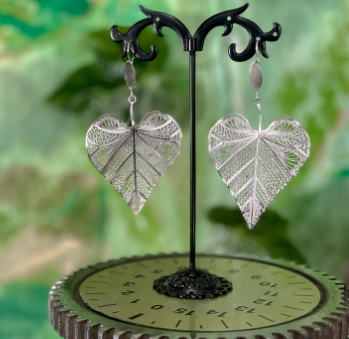
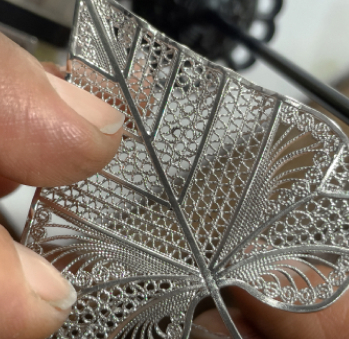
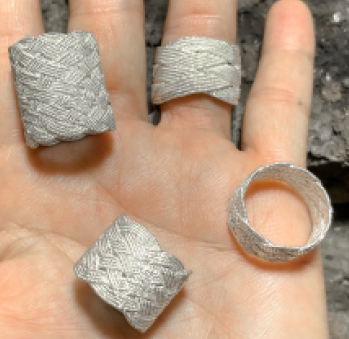
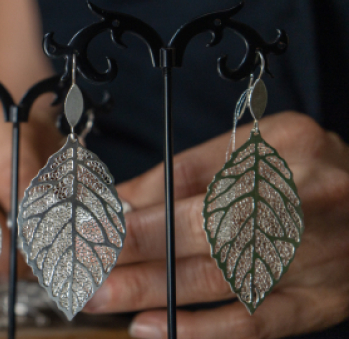




Artisans along the way
Artisans along the way
No puede copiar contenido de esta página








































